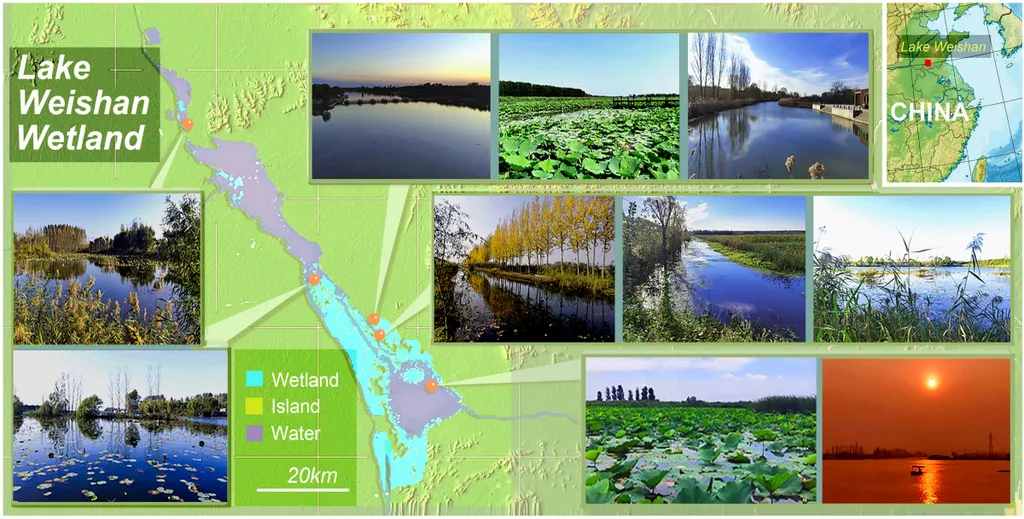In the coastal wetlands of southeastern China, a silent transformation is underway, one that extends beyond the visible changes in habitat and delves into the microscopic world of protists. A recent study published in *Applied and Environmental Microbiology* reveals how these tiny organisms, crucial for nutrient cycling and energy transfer, are being reshaped by human-induced habitat changes.
The research, led by Anqi Wang from the Fujian Provincial Key Laboratory for Subtropical Resources and Environment at Fujian Normal University, examined protistan communities across 21 wetlands spanning five provinces. The study focused on three distinct habitat types: natural mudflats (MFs), Spartina alterniflora marshes (SAs), and aquaculture ponds (APs). While the overall diversity of protists remained stable across these habitats, their community composition and functional group distributions were significantly altered.
“Phototrophic protists, which rely on sunlight for energy, declined markedly following the invasion of Spartina alterniflora,” Wang explained. “However, their numbers increased again after the conversion of these areas into aquaculture ponds.” This fluctuation highlights the sensitivity of these microorganisms to environmental changes.
The study also found that sediment grain size played a crucial role in influencing consumer and phototroph assemblages. Salinity emerged as a key environmental driver of protistan diversity and community structure. The research further revealed that the spatial turnover of protistan communities was elevated in SAs, suggesting increased environmental filtering after plant invasion.
“Our findings demonstrate that land-use change reshapes protistan communities through altered environmental constraints,” Wang noted. “This underscores the ecological sensitivity of microbial eukaryotes to anthropogenic disturbance in coastal wetland ecosystems.”
The implications of this research are significant for the agriculture sector, particularly in areas where aquaculture and coastal wetland management are prevalent. Understanding how protistan communities respond to habitat changes can help inform more sustainable practices, ensuring the health and productivity of these ecosystems.
As the lead author, Anqi Wang, and her team continue to explore the intricate relationships between protists and their environments, their work could pave the way for innovative strategies in coastal wetland management. By recognizing the role of these microscopic organisms, we can better appreciate the delicate balance of ecosystems and the impact of human activities on them.
This study not only expands our understanding of protistan ecology under coastal land-use change but also highlights their potential as sensitive bioindicators for monitoring ecological integrity and resilience in dynamic coastal systems. As we continue to navigate the complexities of habitat transformation, the insights gained from this research will be invaluable in shaping future developments in the field.

